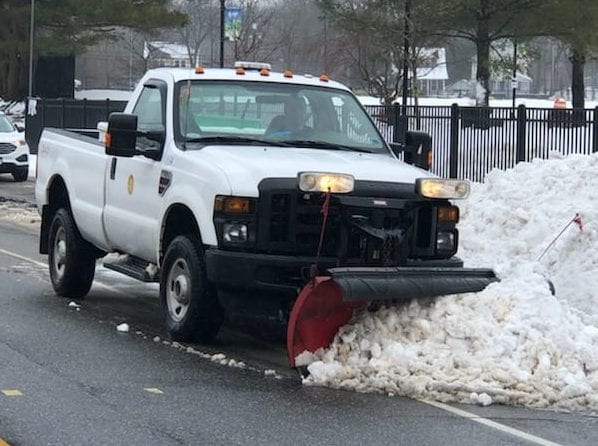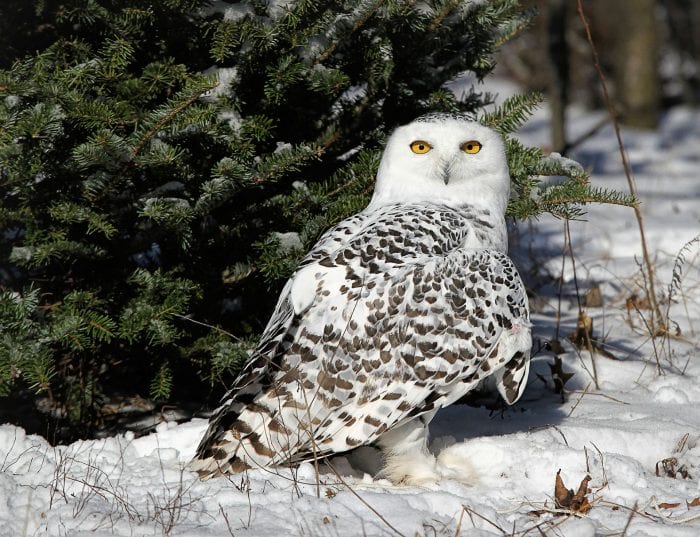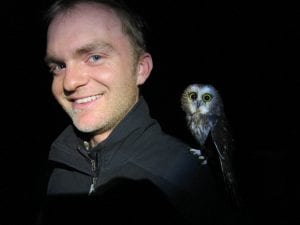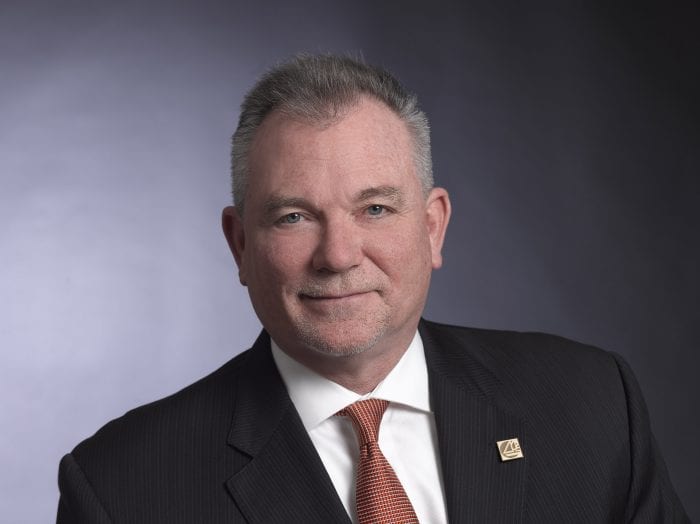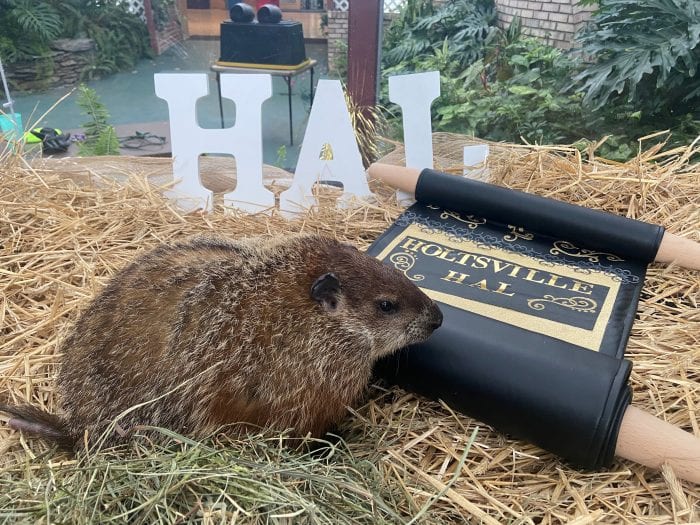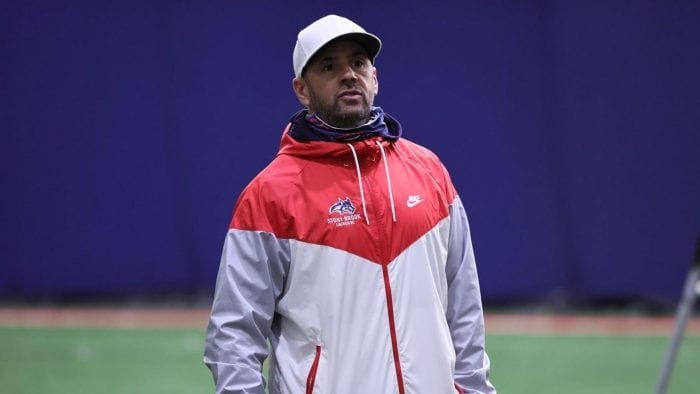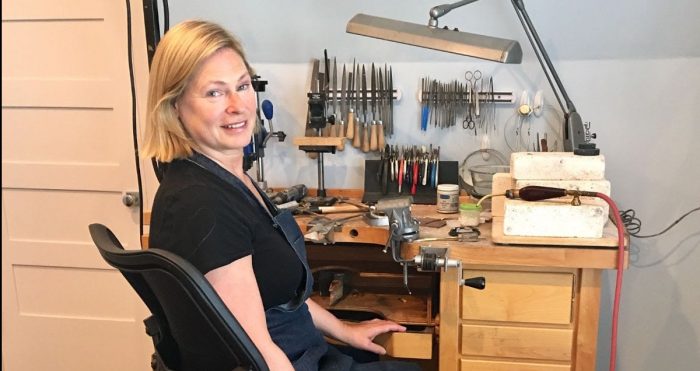The first day of February reminded us that winter is still here, and a foot or more of snow can fall from the sky at any time wreaking havoc on our everyday lives. Heavy snowfalls may be welcomed by skiers and children, but for everyone else the snow can be a nuisance and even a danger.
On Monday, as with previous storms, weather forecasters and elected officials reminded residents to stay off roads if they didn’t need to go out. In the past, despite those warnings, many found themselves still having to go to work. Nowadays, after trying to navigate business during a pandemic for months, companies have learned that a good deal of work can be done from home.
For nearly a year, employers and employees all over the country have embraced the use of email, Google, Zoom, messaging platforms such as Slack and more. Some in New York had no choice in the beginning as many businesses in the state that were deemed nonessential were required to close down. Others have chosen, even after the shutdowns were lifted, to continue having employees work from home to help stop the spread of the coronavirus.
The use of modern technology has kept the work flowing and employees connected. Many have found that their workers are more efficient as there are fewer distractions at home, and without having to deal with their commutes, many are willing to take the time they would have been in the car, bus or train and use it to do more work.
Working from home can be a game changer not only during long-term shutdowns or for taking care to keep employees healthy, but it can also be used when driving just isn’t wise, especially for workers who have strict deadlines to meet. Imagine, now employees on a snowy day are less stressed because they don’t have to worry about hazardous roads.
During a pandemic, the work-from-home option has helped to keep employees healthy, and on the day of a storm, it helps keep them safe. In turn, the fewer people on the road, the fewer calls police officers receive, which in turn keeps them safe, too. Because, it doesn’t matter what type of car a person has, whether big or small, if snow is blowing across the roads and visibility is compromised, it’s not wise to be on the road
Law enforcement and health care workers need to be out on the roads to get to their jobs to keep the public safe and healthy, the rest of our jobs aren’t as essential.
Let’s take what we’ve learned in 2020 and apply it in the future to keep residents safe. If there is one lesson that we can take with us from the pandemic, it’s that things can be done differently and still produce the same results.
Will there be more snow this winter? We don’t know, but what we do know we’re ready for it. Bring it on!

